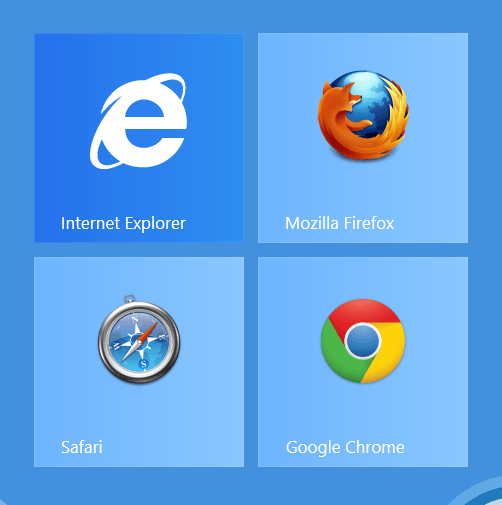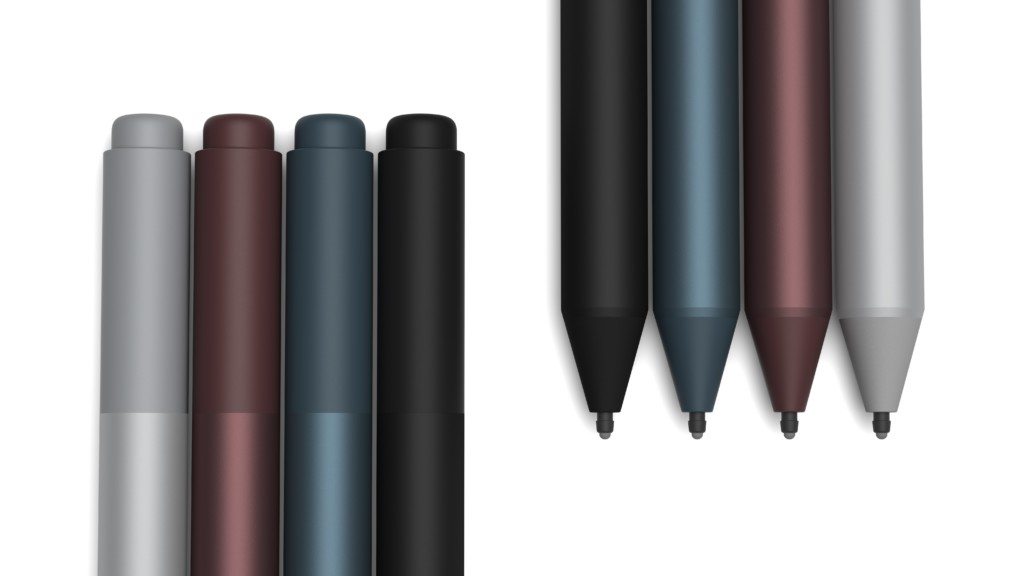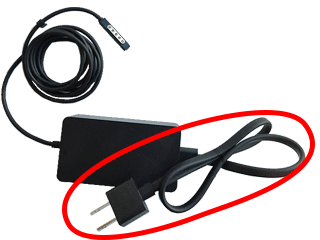30 Days with Surface Pro: Day 15
Decisions, decisions. Internet Explorer–specifically IE10–is the default browser for Windows 8 on the Surface Pro, but there are other browsers to choose from as well. For Day 15 of the 30 Days with Surface Pro series, I’m taking a look at the browser choices to figure out which one I should use.
For starters, the split personality of Windows 8 is a huge issue when it comes to the Web browser. Before I even begin to look at alternate browsers, let’s just examine Internet Explorer. There are two of them. Two entirely separate Internet Explorer browsers depending on whether I’m working in the Windows 8 Modern (Metro) interface, or in the Windows 7-style desktop mode. That’s dumb.
They’re both IE10, but they look completely different. In desktop mode, Internet Explorer looks like what I’m used to with Internet Explorer 9 running on Windows 7. There’s an address / search bar at the top, with tabs for the open pages to the right of it, and a Favorites bar underneath that with links for my most-used websites. Just like with Internet Explorer on Windows 7, I can also pin individual sites to the Task bar, so I can treat sites like Facebook or Twitter more like applications than websites. The Task bar icon even changes with a badge to reflect when there are new posts or updates I should be aware of. Again, all of this is what I’m used to with Internet Explorer running on Windows 7.
The IE10 running in the Windows 8 Modern UI is another story. IE10 in the Modern UI fills the screen with the open website. There are no tabs. Instead, the open pages are displayed as separate thumbnail images when I right-click (or tap with two fingers on the Logitech t650 touchpad, or swipe from the top or bottom of the display), with the unified address / search bar appearing at the bottom. There is an icon at the bottom next to the address bar to allow me to pin the open site to the Windows 8 Start screen, or add it to Favorites.
So, where are the Favorites? They don’t appear until I tap the address bar to type a new URL. Then, a row of square tiles pops up above the address bar. The first set are the Frequent sites that I visit the most, and then if I swipe from right to left I can scroll through to view the Favorites.
Where things get weird, though, is that these two Internet Explorer 10 browsers are not the same browser being displayed two different ways depending on where I use it. They’re literally separate browsers. If I tap on a link in the Bing app in the Windows 8 Modern UI, it will open that link in the Windows 8 Modern UI version of IE10. However, if I go to the desktop I will see that the browser isn’t even open, and when I open it, I just see the default home page(s)–with no reference or connection to the link I’m currently viewing in the other IE10. If I click a link from an email in Outlook 2013–which runs in desktop mode–it will open that link in the desktop IE10. And, again, there is no syncing of open pages, or any connection whatsoever between the two browsers.
Then things got really strange. I installed Firefox and set it as my default browser. Firefox doesn’t have a Modern UI element. It simply runs as a browser in desktop mode the same as Firefox would run on any other Windows PC. But, suddenly the Windows 8 Modern UI version of IE10 ceased to exist. If I tap the Internet Explorer tile on the Windows 8 Start screen–the same one I’ve been tapping–it instead takes me to the desktop mode IE10. Set Internet Explorer as the default browser again, and things go back to “normal”.
So, I installed Google Chrome. Google Chrome does have a Windows 8 Modern UI version. I set Google Chrome as the default browser. Once again, the Windows 8 Start screen IE10 disappears, and tapping the Internet Explorer tile opens the desktop mode IE10 instead. It turns out Google Chrome works a little bit like IE10 in that respect. When it’s the default browser, it acts differently than when it’s not–but Chrome is at least more consistent. When it’s the default browser, Chrome opens in a full-screen Windows 8 Modern UI app.
There are still tabs across the top, and an address bar, and favorite bookmarks–so it looks more like what I’m used to. When I tap on the Chrome icon in the Task bar in desktop mode, though, it still takes me to the Windows 8 Modern UI app, and whatever sites and pages I have open are still right there where I left them. The difference with Chrome is that when it’s not the default browser, it just works in desktop mode. Tapping the tile on the Windows 8 Start screen just takes you to the desktop mode browser. So, for Chrome default browser means it runs in Windows 8, while not being the default browser means that it runs in “Windows 7” in desktop mode.
I have Safari on my Surface Pro as well, but to be honest I don’t even remember how I got it there. Internet Explorer comes installed in Windows 8 by default. A search for Firefox or Chrome takes me right to the download for the browser–and automatically directs me to the latest version for the operating system I’m using. When I search for Apple Safari, I get to the Apple Safari website which tells me all kinds of things about why Safari awesome, but there is no obvious download available. Apparently, I found it at some point since I have Safari running on the tablet, but I just went back and searched again from a different Windows 8 PC and I can’t find the download link.
Wait! There it is. I downloaded it from a link on an Apple support post. Maybe there isn’t really a Windows 8 version of Safari, so Apple doesn’t offer the download by default when I visit the Safari site? Whatever. It seems to work fine. It just works like Firefox and drops to desktop mode no matter where you open it from, and no matter whether it’s the default browser or not.
I’m not going to make any grand proclamation about which browser is the best, or even which one I’m choosing to use as the default. Browser choice is very subjective, and there’s no right answer. I’m keeping all four of the browsers on the Surface Pro for future reference.
I will say this–I like the Chrome approach better than the IE10 approach when it comes to maintaining consistency between Windows 8 and desktop mode. I don’t like the fact that I literally have two separate, and unrelated versions of IE10 running when Internet Explorer is the default browser. But, even with Chrome it’s a little weird how the browser behavior changes depending on whether or not it’s the default browser.
Hopefully Microsoft will work out some of these Jekyll and Hyde kinks in the Windows 8 split personality with a future update.
Day 14: Ditch the mouse, get a touchpad
Day 16: Video chat and conferencing
- Why Data Security Is the Real AI Risk - June 30, 2025
- Why Being Bold Matters in Cybersecurity—and Branding - June 3, 2025
- Gear Tested and Approved: My Top Picks for Dads and Grads This Season - May 28, 2025




Comments are closed.